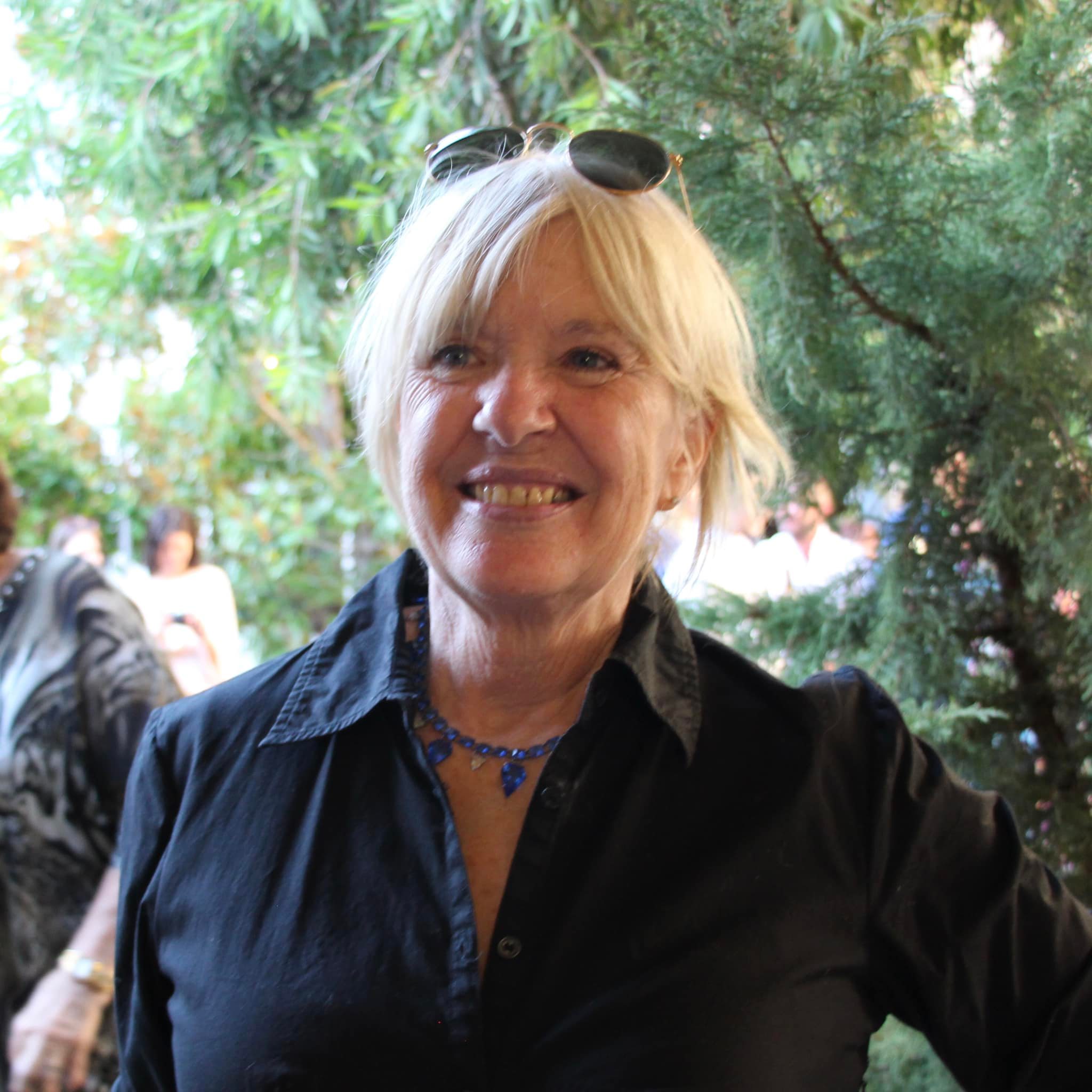
About Lynn
Lynn guides a team of palliative care volunteers who work in the hospitals and in the community to provide space and support to clients with a life limiting illness. The wonderful volunteers assist their clients to revisit and capture aspects of their life in a way that suits them. Life Stories is about the individual themselves and celebrates their life in their own way, through their own voice. It is the opportunity to think back on the adventures, the average day, the happy, the sad, the cruisy days and the hard days…. The memories, ideas and days that have shaped who they are.
Q&A Interview:
Disclaimer: The views expressed are the opinions and thoughts of our interviewees, reflecting on their own experiences and views.
After receiving a referral from Mary Potter Hospice for a person close to the end of life, we assigned a newly trained volunteer who also volunteers at Mary Potter Hospice. The volunteer helped the person write a letter to her daughter and messages to her grandchildren. Although the person passed away before completing the messages, the volunteer beautifully presented the recorded messages, surprising and deeply touching the family.
Volunteers in palliative care bring a sense of community and comfort, offering families a friendly face and a listening ear. Their support helps lighten the emotional load, and empowers people to re-engage with themselves, their values, and their life by capturing the richness of their story as a lasting memory for loved ones.
I see several opportunities for growth and opportunities in the life stories space, including integrating technology by using digital tools, like telehealth and mobile apps. These can help volunteers provide support remotely, making it easier to reach patients in rural or underserviced areas.
Also to provide volunteers with support and training that encourages them to be adventurous in their roles, in recognition that one size does not fit all.
These innovations would not only enhance the experience for patients but also make volunteering more rewarding and impactful.
Our life story volunteers play a crucial role in bridging gaps in palliative care and providing additional support in our current medical system. This can include having the time and skills to offer :
- Emotional support: offering companionship to reduce loneliness.
- Social connection: keeping patients engaged with their communities.
- Personalised care: providing one-on-one attention.
- Community integration: educating and increasing diversity in palliative care.
Our volunteers receive comprehensive training in the goals of palliative care, along with tailored training specific to capturing a person’s story. This includes strategies that support them in navigating tricky content in stories. Each story recorder works with a mentor who provides opportunities for a debrief and discussion, along with the Life Story Coordinator and Volunteer Manager who are available to support and advise as required. Volunteers are also provided with information about Calvary’s Employee Assistance Program, which is confidential and available to all volunteers.
A common myth is that palliative care is only available to those who are at the end of their lives. Reality is that palliative care should be integrated early in disease process to help manage symptoms and improve quality of life, even while curative treatments are still being pursued.

